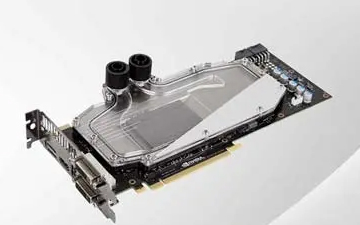In the current data center industry, liquid cooling technology is at a crucial stage of rapid development. Its development trends are mainly manifested in the following key aspects:
Standardization and Cost Reduction
Although the cold plate solution is relatively mature, the standardization of quick connectors, manifolds, and room – level solutions remains insufficient. This insufficiency leads to a high overall total cost of ownership (TCO). In the future, the key will be to continuously promote the standardization process. By increasing the use of standard components in the industry, we can further enhance industry maturity, thus effectively reducing the overall solution cost. The two – phase liquid cooling solution, which has a relatively low industry maturity, is expected to continue to focus on technical research and small – batch applications.
Reliability Improvement
From the perspective of reliability, the single – phase cold plate needs to further enhance the reliability of the solution. We should ensure that each process and every component is more reliable, minimize the risk of leakage, and combine leakage detection and other measures to improve the reliability of the system. For immersion liquid cooling, its reliability is mainly reflected in the long – term compatibility of the coolant and the stable operation of equipment such as the CDU (Centralized Distribution Unit). Therefore, it is necessary to continuously promote the standardization process of immersion coolant compatibility, CDU – like supporting equipment, and room – level solutions, and cultivate a mature industrial chain to significantly reduce TCO.
Responding to Operation and Maintenance Challenges
Liquid – cooled data centers pose new and complex challenges to unified operation and maintenance. On the one hand, the types of liquid cooling equipment are more diverse, covering computing, storage, network, power environment, coolant equipment, etc., and there is a lack of unified monitoring standards. On the other hand, once a failure occurs, such as coolant leakage, it may lead to more serious consequences. Moreover, the control of the liquid cooling system is more complicated, requiring administrators to continuously adjust operating parameters according to factors such as weather and equipment operating status.
Systematic Overall Planning
When liquid cooling technology is applied to data centers on a large scale, it faces not only the problem of cooling technology itself but also involves a series of comprehensive planning, design, construction, operation, and maintenance tasks, such as data center site selection, power supply, and rack layout. It is necessary to form mature and complete systems, standards, specifications, and work interfaces. The adoption of new liquid cooling technology is a long – term process of re – establishing a complete system.

